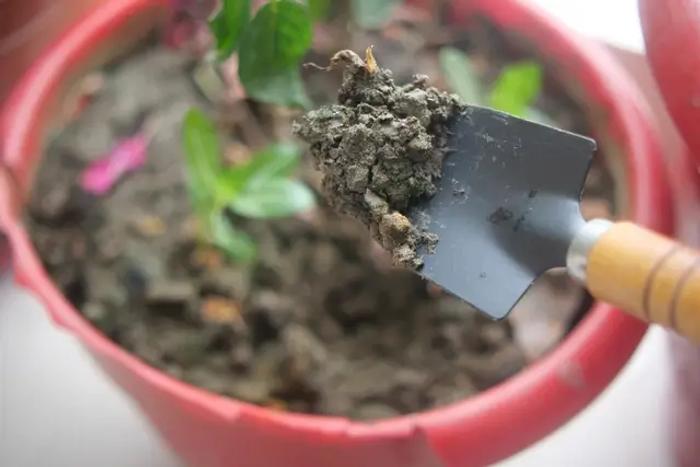Why does mold pop up on potting mix?
Most people notice white, cotton‑like fuzz—that’s saprophytic fungus living off decaying bits in damp soil. But you might also see gray powder (powdery mildew), sooty black specks, or even a green film (algae). See the list below, spot your match, then jump to the right solution.
- Fluffy white web | Saprophytic mold | Quick 3‑step scrape →
- Gray powder | Powdery mildew | Treat leaves
- Black sooty specks | Sooty mold / pests | Check for gnats →
- Green film | Algae | Improve drainage
Top reasons soil gets moldy (Quick overview)
- Over‑watering keeps the mix soggy.
- Poor airflow traps humidity around the pot.
- Nutrient‑dense or contaminated mix brings its own spores.
- Low light & cool temps slow evaporation.
Need it gone fast? 3‑Step quick fix
For a simple white‑fuzz outbreak you usually don’t need to re-pot. Do this, then read the full guide if mold keeps returning.
- Scoop the top layer. Remove 1–2 cm of moldy soil and bin it.
- Dry the surface. Wait until the top inch feels dry before watering again.
- Add airflow & light. Crack a window or run a small fan for a few hours.
When Is Mold a Bigger Problem?
- Mold returns within a week even after scraping.
- Soil smells sour or roots look brown/mushy.
- Leaves yellow or droop from the base upward.
If you see any of these, jump to our root‑rot check → Root Rot vs. Soil Mold
Long‑term prevention tips
Water only when the top inch is dry, use pots with drainage holes, empty saucers, and increase airflow. For a deeper dive, see our Mold Prevention Guide →
Got Moldy Soil? Here's What You Need to Know
Is white mold in soil bad for my plant?
Not usually. Most white mold on houseplant soil is saprophytic fungus, which feeds on decaying organic matter. It’s harmless to the plant itself but indicates excess moisture or poor airflow.
Can I use cinnamon to kill mold in soil?
Yes. Cinnamon has natural antifungal properties. Sprinkle a thin layer over the top of the soil to help prevent mold regrowth and add a pleasant scent.
What’s the difference between mold and mildew in soil?
Mold often appears white and fluffy, while mildew may look powdery or gray. Both are fungi, and both are signs your soil might be staying too wet or lacking airflow.
Does mold on soil mean I need to repot my plant?
Not necessarily. If it’s just surface mold and your plant looks healthy, scooping off the top layer and adjusting care is usually enough. But if you notice a musty smell or yellowing leaves, repotting may be a smart move.
Will moldy soil harm pets?
Most surface mold isn't dangerous, but it’s better to be safe. If your pet likes to dig or chew on soil, remove the mold and monitor the area. Consider switching to a pet-safe potting mix with less organic material.
Can houseplants grow mold indoors from a humidifier?
Yes. Excess humidity and poor airflow can encourage mold growth in plant soil. Try moving the humidifier farther away or increasing air circulation near your plants.
How do I stop mold from growing in my plant pots?
Use a well-draining soil mix, let the top inch dry before watering again, ensure good airflow, and give your plants access to natural light when possible.
Final thoughts
Think of soil mold as a gentle reminder to tweak your watering and airflow—not a plant death sentence. Follow the quick fix, then dial in prevention, and you’ll keep the fuzz away for good.

